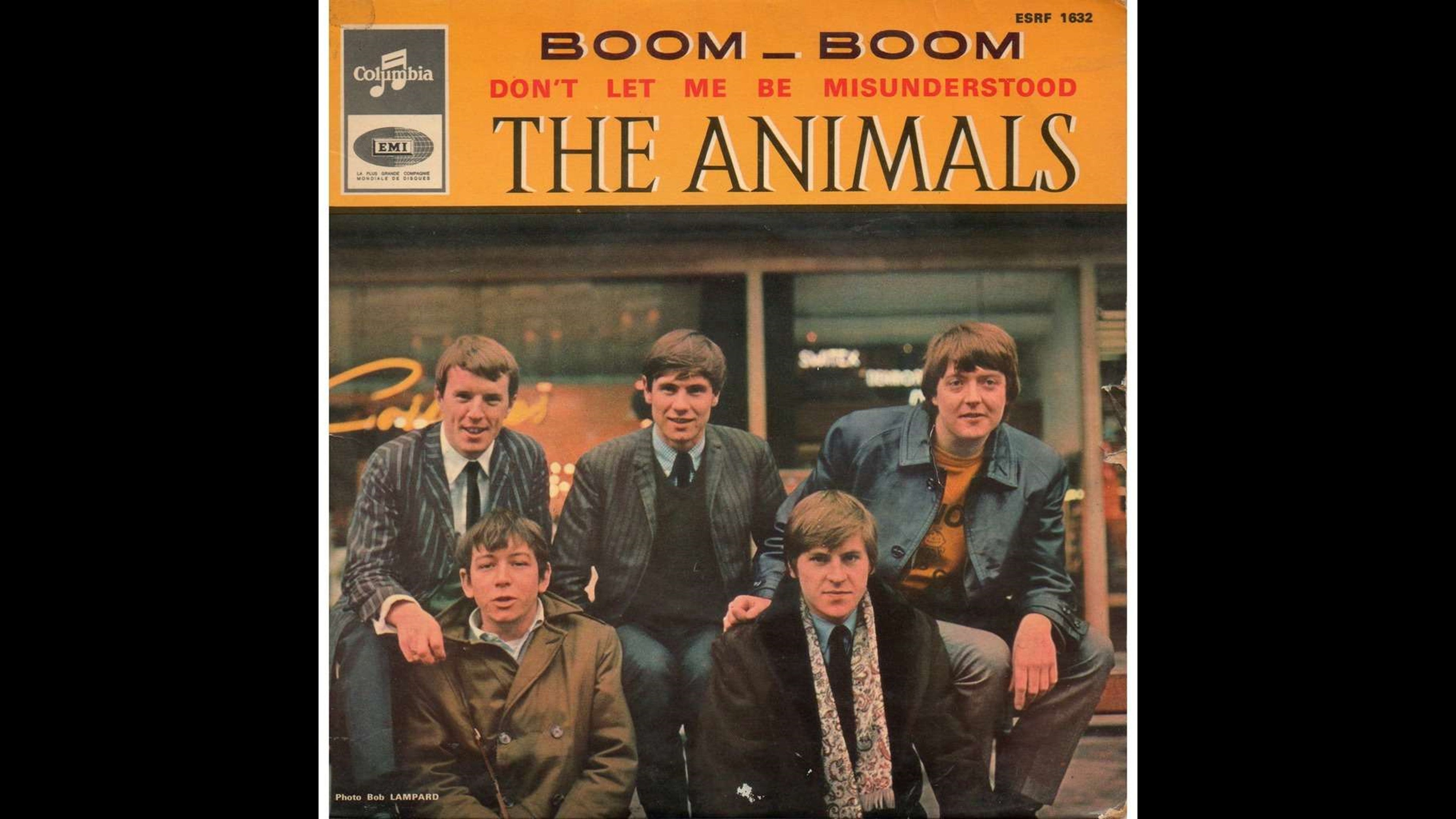
🎤 The Animals – “Don’t Let Me Be Misunderstood” (1965)
Born from the soul of Nina Simone and reimagined through the grit of British blues-rock, “Don’t Let Me Be Misunderstood” is more than a song—it’s a declaration. Originally penned by Bennie Benjamin, Gloria Caldwell, and Sol Marcus for Simone in 1964, the track was filled with introspective vulnerability, but when The Animals took it on a year later, it became something sharper, more defiant. Eric Burdon’s voice didn’t just plead—it warned. It was the sound of someone fighting to be seen clearly in a world too quick to judge.
Released as part of Animal Tracks in 1965, The Animals’ version wasted no time climbing charts on both sides of the Atlantic. It landed in the Top 20 in the U.K. and U.S., not through flash or fanfare, but through sheer emotional resonance. Alan Price’s signature organ line, melancholic and slightly sinister, gave the song an eerie pulse, while Hilton Valentine’s guitar work grounded it in smoky club realism. In just over two minutes, the band delivered a thunderous message about alienation, identity, and misunderstood intentions.

The song’s structure itself mirrored emotional volatility—steady verses full of restraint gave way to explosive choruses, like bottled frustration finally breaking through. At a time when many bands sang about love and rebellion, The Animals tackled the harder truth: what it feels like when your intentions are pure but the world only sees your flaws. This wasn’t teenage angst—it was adult desperation, raw and unapologetic.
Though “Don’t Let Me Be Misunderstood” never reached the iconic sales of “House of the Rising Sun,” it carved out its own kind of immortality. It wasn’t just a hit—it was a defining piece of the British Invasion’s darker, more introspective undercurrent. The Animals weren’t just bringing rock and blues to new ears—they were using it to say something powerful, something personal. And this track, more than most, proved how deeply those sounds could cut.
Its influence extended well beyond the ‘60s. The song has been covered and reinterpreted by a wide range of artists, from disco legend Santa Esmeralda to Elvis Costello, each version tapping into its emotional core. But none have matched the raw ache of Burdon’s delivery—the feeling that this isn’t just a song, it’s a cry for dignity in the face of misjudgment. Every generation seems to rediscover it in their own way, proving its timeless appeal.
“Don’t Let Me Be Misunderstood” remains a haunting artifact of its time—yet startlingly relevant even now. It’s a reminder that under the noise of image, pride, or temper, there’s always a more fragile truth waiting to be heard. And sometimes, the loudest plea comes not in rage—but in the quiet heartbreak of simply wanting to be understood.
